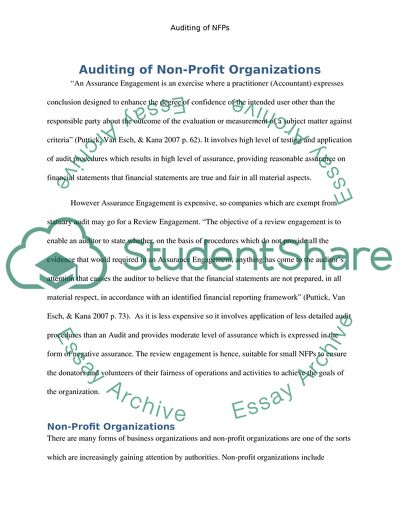Cite this document
(The Audit of Not-for-Profit Organization Assignment - 1, n.d.)
The Audit of Not-for-Profit Organization Assignment - 1. Retrieved from https://studentshare.org/finance-accounting/1748223-the-audit-of-not-for-profit-organization-auditingassigment
The Audit of Not-for-Profit Organization Assignment - 1. Retrieved from https://studentshare.org/finance-accounting/1748223-the-audit-of-not-for-profit-organization-auditingassigment
(The Audit of Not-for-Profit Organization Assignment - 1)
The Audit of Not-for-Profit Organization Assignment - 1. https://studentshare.org/finance-accounting/1748223-the-audit-of-not-for-profit-organization-auditingassigment.
The Audit of Not-for-Profit Organization Assignment - 1. https://studentshare.org/finance-accounting/1748223-the-audit-of-not-for-profit-organization-auditingassigment.
“The Audit of Not-for-Profit Organization Assignment - 1”, n.d. https://studentshare.org/finance-accounting/1748223-the-audit-of-not-for-profit-organization-auditingassigment.


